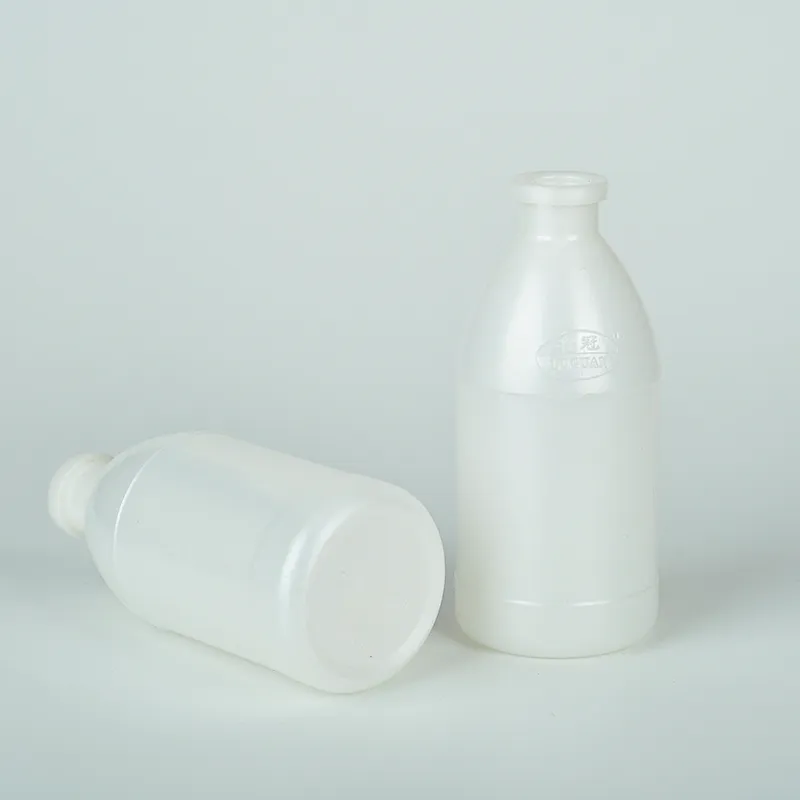
-
 Afrikaans
Afrikaans -
 Albanian
Albanian -
 Amharic
Amharic -
 Arabic
Arabic -
 Armenian
Armenian -
 Azerbaijani
Azerbaijani -
 Basque
Basque -
 Belarusian
Belarusian -
 Bengali
Bengali -
 Bosnian
Bosnian -
 Bulgarian
Bulgarian -
 Catalan
Catalan -
 Cebuano
Cebuano -
 Corsican
Corsican -
 Croatian
Croatian -
 Czech
Czech -
 Danish
Danish -
 Dutch
Dutch -
 English
English -
 Esperanto
Esperanto -
 Estonian
Estonian -
 Finnish
Finnish -
 French
French -
 Frisian
Frisian -
 Galician
Galician -
 Georgian
Georgian -
 German
German -
 Greek
Greek -
 Gujarati
Gujarati -
 Haitian Creole
Haitian Creole -
 hausa
hausa -
 hawaiian
hawaiian -
 Hebrew
Hebrew -
 Hindi
Hindi -
 Miao
Miao -
 Hungarian
Hungarian -
 Icelandic
Icelandic -
 igbo
igbo -
 Indonesian
Indonesian -
 irish
irish -
 Italian
Italian -
 Japanese
Japanese -
 Javanese
Javanese -
 Kannada
Kannada -
 kazakh
kazakh -
 Khmer
Khmer -
 Rwandese
Rwandese -
 Korean
Korean -
 Kurdish
Kurdish -
 Kyrgyz
Kyrgyz -
 Lao
Lao -
 Latin
Latin -
 Latvian
Latvian -
 Lithuanian
Lithuanian -
 Luxembourgish
Luxembourgish -
 Macedonian
Macedonian -
 Malgashi
Malgashi -
 Malay
Malay -
 Malayalam
Malayalam -
 Maltese
Maltese -
 Maori
Maori -
 Marathi
Marathi -
 Mongolian
Mongolian -
 Myanmar
Myanmar -
 Nepali
Nepali -
 Norwegian
Norwegian -
 Norwegian
Norwegian -
 Occitan
Occitan -
 Pashto
Pashto -
 Persian
Persian -
 Polish
Polish -
 Portuguese
Portuguese -
 Punjabi
Punjabi -
 Romanian
Romanian -
 Russian
Russian -
 Samoan
Samoan -
 Scottish Gaelic
Scottish Gaelic -
 Serbian
Serbian -
 Sesotho
Sesotho -
 Shona
Shona -
 Sindhi
Sindhi -
 Sinhala
Sinhala -
 Slovak
Slovak -
 Slovenian
Slovenian -
 Somali
Somali -
 Spanish
Spanish -
 Sundanese
Sundanese -
 Swahili
Swahili -
 Swedish
Swedish -
 Tagalog
Tagalog -
 Tajik
Tajik -
 Tamil
Tamil -
 Tatar
Tatar -
 Telugu
Telugu -
 Thai
Thai -
 Turkish
Turkish -
 Turkmen
Turkmen -
 Ukrainian
Ukrainian -
 Urdu
Urdu -
 Uighur
Uighur -
 Uzbek
Uzbek -
 Vietnamese
Vietnamese -
 Welsh
Welsh -
 Bantu
Bantu -
 Yiddish
Yiddish -
 Yoruba
Yoruba -
 Zulu
Zulu
Essential Supplies for Life Science Laboratories and Research Facilities
Essential Life Science Lab Supplies for Researchers
In the realm of scientific exploration, life sciences play a pivotal role in enhancing our understanding of living organisms and their interactions within ecosystems. Whether it's in academia, pharmaceuticals, or biotechnology, the success of research initiatives heavily relies on the availability and quality of lab supplies. This article delves into the essential life science lab supplies that researchers need to conduct experiments effectively.
Essential Life Science Lab Supplies for Researchers
2. Chemical Reagents Chemical reagents are indispensable in life sciences for analyzing biological processes. These substances, which can range from buffers and enzymes to solvents and dyes, facilitate numerous reactions and assays. The quality and purity of reagents significantly impact experimental outcomes; thus, sourcing them from reputable suppliers is crucial. Life science labs often maintain a well-stocked inventory of essential reagents to ensure that research can proceed without delays.
life science lab supplies

3. Biological Supplies For life science researchers, the need for biological supplies is paramount. This includes cell culture media, agar plates, and cell lines. These materials are essential for growing and maintaining cells in vitro, allowing scientists to study cellular processes and test hypotheses. Additionally, molecular biology supplies, such as DNA/RNA extraction kits and PCR reagents, are vital for genetic studies and manipulations. The ability to culture various organisms opens avenues for research in genetics, microbiology, and biochemistry.
4. Analytical Equipment Analytical tools are essential for accurately measuring and analyzing samples. Common instruments used in life science research include spectrophotometers, centrifuges, and microscopes. Spectrophotometers measure light absorbance in samples, providing insights into concentration levels of various substances. Centrifuges are vital for separating components in a mixture based on density, while microscopes allow researchers to observe cellular structures and organisms at a microscopic level.
5. Safety Equipment Safety should always be a priority in the life sciences lab. Protective gear, including lab coats, gloves, and safety goggles, protects researchers from harmful chemicals and biological materials. Furthermore, fire extinguishers, first aid kits, and fume hoods help ensure a secure working environment, making it imperative for every lab to have proper safety protocols and equipment in place.
In conclusion, well-equipped life science laboratories are integral to advancing our understanding of living systems. By ensuring access to essential lab supplies—ranging from glassware and reagents to analytical equipment and safety gear—researchers can conduct experiments with reliability and precision. As the field continues to evolve, staying updated with the latest supplies and technologies will be crucial for fostering innovation and discovery in life sciences.
-
PTFE Centrifuge Tubes - Chemical Resistant, Leak-proof, Ideal for Laboratory UseNewsJul.05,2025
-
Premium Metal Dropper Bottle for Precise Dispensing 250ml & 1ml Options AvailableNewsJul.04,2025
-
20 ml Headspace Vials - High Quality Polyethylene & Plastic Vials for Lab UseNewsJul.04,2025
-
Small Bottle with Pipette - Precise Dispensing 100ml Pipette Bottles for Essential Oils & Lab UseNewsJun.24,2025
-
Acetic Anhydride Bottle for Accurate Dropper Measurement in Pharmacy Use High-Quality Dropper BottlesNewsJun.10,2025
-
Innovative PET Bottle Design for Juice – Unique Shapes & Customization OptionsNewsJun.10,2025






















